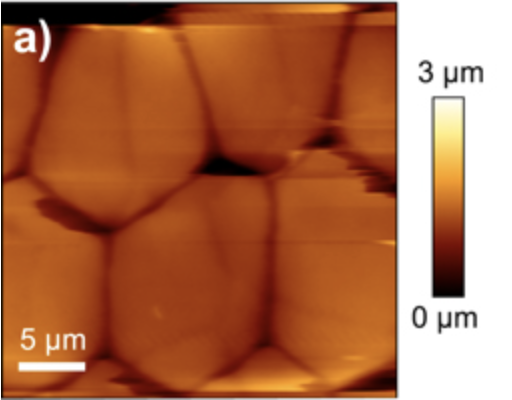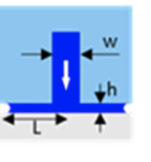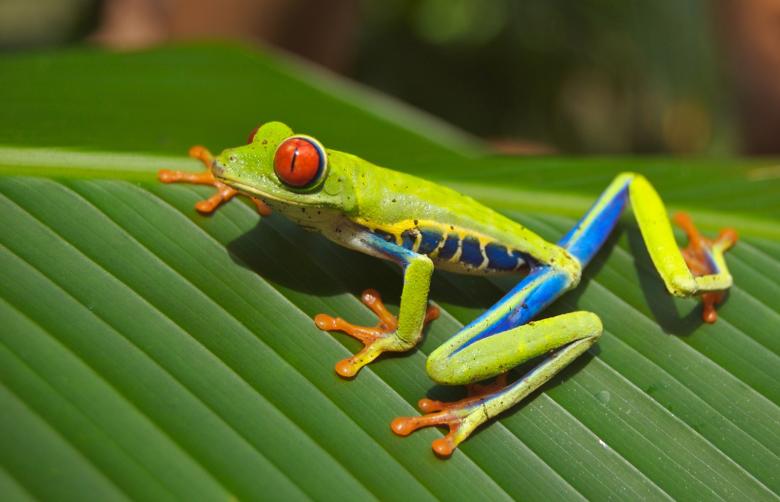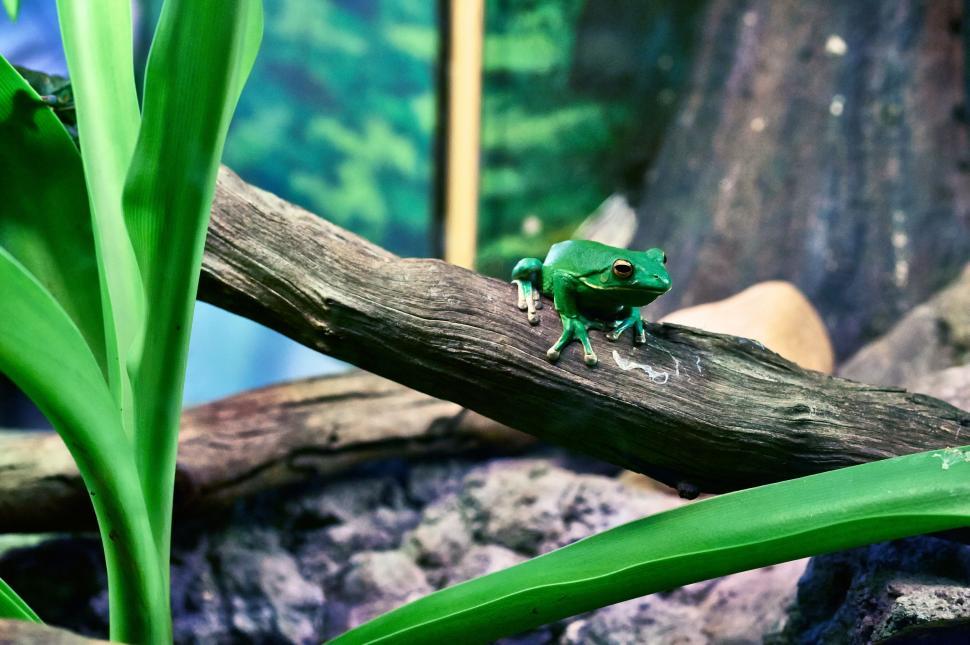As a child, did you ever watch with awe as Spider-Man climbed lofty buildings in New York City? This super-power has captivated audiences for decades because it seems impossible that a tiny fingertip could provide such great strength. However, the powerful and sticky toes of the tree frog bring this super-power to reality. Their toes have round pads that can cling to surfaces, both wet and dry, due to biomechanical forces. What causes their toes to be so sticky?
Read more: A Sticky Situation: The Forest’s Tree-Climbing Superhero
The round toe pads of the tree frog are composed of four layers of surface cells known as epithelial cells. Epithelial cells line all surfaces of the body, including the external surfaces and internal cavities of the body, such as the inner surfaces of organs. The epithelial cells of the toe pad are shaped like hexagons and columnar. Columnar cells have a greater height than width and resemble small pillars. These microscopic pillars are separated from each other by channels filled with mucous. This unique structure creates a phenomenon known as wet adhesion.
The word “adhesion” likely prompts thoughts of everyday adhesives like glue and tape. But, what is wet adhesion? The molecules in liquids are attracted to each other and to the surface surrounding the liquid. In a small container, these attractions cause what are known as capillary forces. When a straw is placed in water, liquid climbs the side of the straw due to these forces. Wet adhesion is the attachment of two materials due to the presence of a liquid with capillary forces. A good example of wet adhesion is when a piece of plastic that is wet gets stuck to a glass table.

In the toe pads, the mucous secreted into pillar channels creates a layer of liquid between the pad and the external surface, which encourages capillary forces. The liquid layer has also been found to encourage viscous forces. Viscous forces are caused by the attraction between liquid molecules. The attractive forces resist the horizontal movement of liquid molecules when a force is applied tangent to the liquid’s surface. Capillary and viscous forces allow tree frogs to adhere to surfaces at steep angles without sliding off.
Recent research has also shown that frictional forces play a role in toe pad adhesion. The stiffness of the surface of toe pads is not uniform. The polygonal epithelial cells at the surface of the pad have a higher stiffness than the material below. The flexibility of the material below the surface allows for better contour of the pad to a surface. The enhanced interaction with the surface imperfections causes frictional forces to resist sliding and encourage adhesion.
The adhesive toe pads of tree frogs have inspired several engineering applications, including wet adhesive materials. Scientists are pursuing the fabrication of artificial materials that can mimic the characteristic micropillars of tree frog epithelial cells. For example, typical surgical tools, such as forceps, may struggle to effectively grasp softer tissues or increase the risk of tissue damage. Wet adhesive surgical graspers may provide a less abrasive method of holding soft tissues throughout a procedure. Tree frog-inspired wet adhesives may also be used to create sensors and monitors that can easily adhere to a patient’s skin. The study of wet adhesives has the potential to greatly benefit the medical field.

